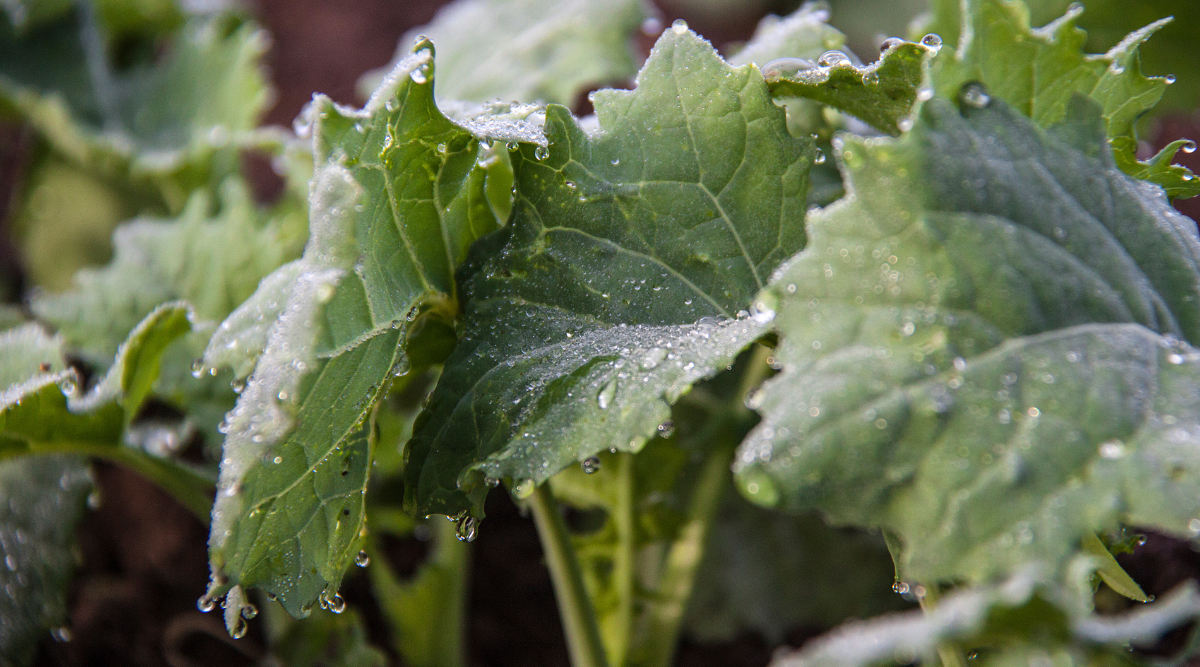Canopy Closure for Cultural Weed Control

As weeds compete with crops for resources, promoting early plant growth and rapid canopy closure is essential. By ensuring even spacing, consistent emergence, and access to nutrients and moisture, crops can shade out weeds like kochia, reducing their impact and supporting higher yield potential.
As crops advance throughout the course of the spring growing season, weeds that provide competition to the crop for resources advance in growth as well. In most farming operations herbicides are the typical means of weed control, however the more that growers can use cultural practices to limit weed growth the greater chance of success crops will have for the rest of the season. Utilizing plant stand growth and canopy closure to prevent sunlight from reaching weeds is one of these options.
While fertilizer and water are key drivers of plant growth, sunlight is a critical component of development as well. Plants use the energy from sunlight to convert moisture, nutrients and carbon dioxide into sugars in the process known as photosynthesis. The greater the surface area of plants, the more sunlight they can absorb which reinforces the need for soil moisture and nutrients to be readily available. Quicker access to resources allows the crop to develop bigger leaves sooner and provide shade to developing weeds.
During the course of the growing season, weeds can germinate and grow at any time, especially during periods of warm, wet weather. This increases the importance of crop canopy closure to ensure the sunlight does not reach the ground below which is especially important with aggressive weeds that are sensitive to shading such as kochia. Providing the plant with the resources it needs, spacing the plants evenly as possible and ensuring evenness of growth all contribute to producing a thick crop canopy to restrict growth of problematic weeds and maximize yield potential.